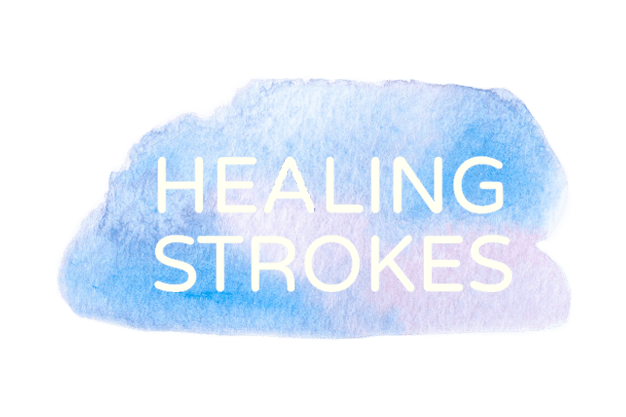Healing Strokes, a free program founded by two Stanford juniors in conjunction with Stanford Healthcare, aims to facilitate art therapy for stroke survivors and their caregivers. They plan to launch their first therapy session virtually on Sept. 26.
The program involves seven online workshops focused on guiding participants through artistic activities, as well as providing a safe space for conversations on stroke recovery. Survivors can register for free one week in advance of any session. After receiving a package of art supplies, they will join a group of at most 15 other participants, student volunteers and a certified art educator for a guided Zoom call.
For co-founder Francesca Kim ’22, the program stems from her engagement in a freshman year initiative that focused on interviewing survivors about the most helpful measures in their recovery. She told The Daily that those interactions gave her insight into the unique mental health issues associated with strokes.
“Not a lot of people really pay attention to the difficulties that come with the stroke after all the physical rehabilitation is done and you’re discharged from the hospital,” Kim said. After discovering that one-third of all survivors experience post-stroke depression through her research, she said she was compelled to create a solution.
Throughout high school, Kim worked on photography and ceramic pieces as a way of coping with her stressors. Although she had set aside her hobbies to focus on college, she said she wanted to revisit the idea of using art as a form of healing. She teamed up with Sierra Burgon ’22, a classmate with a background in community service and neuroscience research, to explore art therapy.
“Art therapy is a really cool mix of community and peer support. When you’re going through something like [stroke], it’s a very particular struggle and it can be difficult to talk about it with someone who hasn’t experienced it,” Kim said. “[For] a lot of the stroke victims — obviously it’s a spectrum of where you’re at in the recovery process — one of the struggles you have [is with] your fine motor skills.”
Through engaging in projects such as knitting leis, creating origami or painting watercolors onto postcards, the duo said they hoped that survivors could enhance their dexterity while gaining a sense of accomplishment from a creative pursuit. Kim and Burgon began making plans to implement their ideas after finding advisors at the Stanford Stroke Center and the Neuroscience Supportive Care Program, including neurology professors Dr. Nirali Vora and Dr. Christina Mijalski, Health Education manager Brittany Pike M.S. ’18 and Supportive Care coordinator Graham Wellman.
In order to obtain a certified art educator on their team, they applied to the Patient Experience grant, a grant provided by Stanford Health Center to fund innovative projects aimed at improving the patient experience. Because Healing Strokes had advisors at the healthcare center, they were eligible to apply.
“We didn’t think we were going to get it,” Burgon said. “But when we did it was a huge relief, because it was definitely more than enough to fund us.”
For Pike, who will help manage the program’s allocation of grant resources along with the group of advisors, the promise of Healing Strokes was always clear.
“Community is powerful.” Pike wrote in an email to The Daily. “The Neuroscience Supportive Care Program strives to build community amongst patients and family caregivers managing common conditions.”
Pike said based upon her prior experience in community clinics, she knew that, with the grant’s resources, the program could make a large impact. When Kim and Burgon initially approached her team with the idea, Pike saw that the program could easily complement existing programs at the neuroscience center and potentially fulfill an unresolved need of survivors.
“All programs are evidence-based and developed to meet the unique needs of neuroscience patients, with a focus on quality of life and functional status,” Pike wrote. “The Healing Strokes program will be a wonderful addition to the portfolio of offerings.”
The Patient Experience Grant provided the funding the team needed to hire an art educator to guide Zoom calls and advise them on creating activities. They can also purchase and ship art supplies to participants before each session.
Outside of maintaining the program’s regular operations, Healing Strokes is conducting research on the impact of art therapy. Surveys administered to participants will ask them about their experience to evaluate and improve the program. Their website has more information on the program and volunteer opportunities for students.
Despite having to hold the program virtually due to the COVID-19 pandemic, the online format may allow more survivors access to therapy resources.
“A silver lining to COVID is you get to connect with people from all around the world,” Burgon said. She and Kim said they hope that Healing Strokes will attract participants of varying locations, ages and points in the recovery process to the program.
This article has been updated to clarify that the team member is a certified art educator.
Contact Jodie Meng at jomeng ‘at’ stanford.edu.
